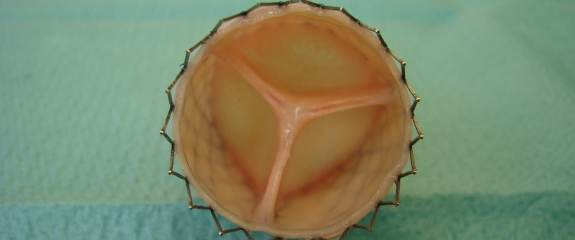Living heart valves grown in laboratories

Cells could be taken from babies born with severe heart defects and used to grow living replacement valves in a laboratory, if technology under development proves successful in real-life trials.
Up to 1 % of babies are born with severe heart defects, and with current technology that means multiple rounds of open-heart surgery as the child grows.
However, techniques under development by a trans-European research collaboration known as LifeValve would require just one minimally invasive heart operation as the tissue would then grow naturally with the child.
‘We've been able to show that the technologies work, and have secured enough funding to finish the project and fulfil the regulator's requirements for starting a large-scale clinical trial,’ said Professor Simon Hoerstrup, head of the Swiss Center of Regenerative Medicine at the University of Zürich.
The cells are placed onto a 3D scaffold and left to multiply. Eventually the scaffold disintegrates, leaving just the living tissue heart valve.
The EU-funded project is part of a revolutionary field of medicine known as tissue engineering where doctors hope to use a patient’s own cells to grow replacement body parts in the laboratory.
One of the major goals of tissue engineering is to grow a complete, fully functioning organ, and in 2011 surgeons in Sweden took a step in this direction, successfully carrying out the world’s first synthetic organ transplant. They covered an artificial replacement windpipe with live cells grown from the patient’s own body and implanted it in a 36-year-old Eritrean cancer patient.


